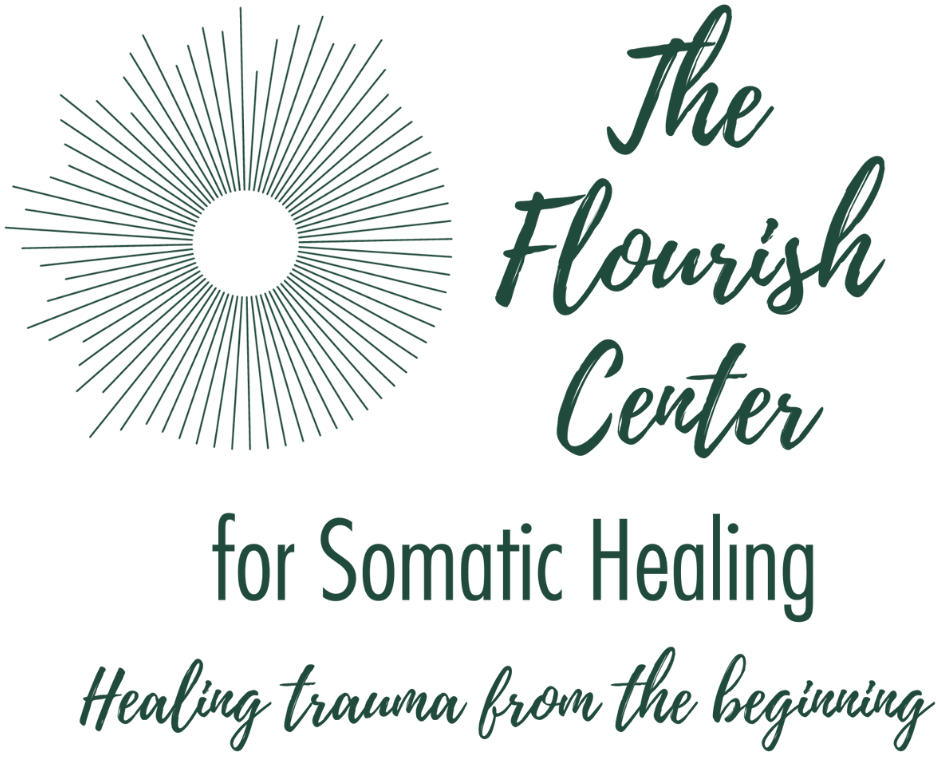
How Qigong Helps Heal Trauma—Especially Developmental and Generational Trauma
Trauma doesn’t just live in our memories—it lives in our breath, our posture, our energy, and our nervous system. This is especially true for developmental trauma, which forms slowly through chronic stress or unmet needs in childhood, and generational trauma, which can be passed down through families for decades.
Qigong (pronounced chee-gong) is an ancient mind-body practice that gently restores harmony to the nervous system, breath, and energy pathways. Through slow movements, mindful awareness, and intentional breathing, Qigong offers a natural way for the body to release patterns of tension, fear, and contraction that trauma creates.
While Qigong has been practiced for thousands of years, modern understanding of the nervous system helps explain why it is so powerful for trauma healing.
Why Trauma Gets Stuck in the Body
Trauma—especially developmental and generational trauma—shapes how a person experiences:
- Safety
- Attachment and relationships
- Emotion regulation
- Stress responses
- Boundaries
- Identity and sense of self
- Body awareness
When overwhelming experiences happen repeatedly or at a young age, the nervous system adapts for survival. Breath becomes shallow, muscles stay braced, and the body stays in fight, flight, or freeze. These patterns can persist for years.
Qigong works directly with these embodied patterns by slowing the system down, restoring flow, and bringing awareness back into the body safely.
How Qigong Supports Trauma Healing
1. It gently regulates the nervous system
Qigong’s slow, rhythmic movements and intentional breathing activate the parasympathetic nervous system—the part of the body responsible for relaxation and repair.
This helps:
- Reduce hypervigilance
- Calm anxiety and overactive survival responses
- Shift the system out of freeze or shutdown
- Create an internal sense of safety
For those with developmental trauma, this may be a brand-new experience of regulated calm.
2. It reconnects you with your body—safely
Trauma often creates disconnection, numbness, or fear of being inside the body. Qigong provides a gentle and non-invasive doorway back to embodiment.
The movement and breath:
- Reawaken interoception (the ability to feel internal sensations)
- Build trust in the body
- Encourage presence without overwhelm
- Allow the body to guide the healing process
This reconnection is essential for healing early and generational wounds.
3. It releases stored tension and emotional holding
Trauma creates long-term patterns of muscular bracing and energetic stagnation. Qigong’s flowing movements help release these layers of contraction.
Over time, people often feel:
- Softer muscles and loosened tension
- Freer breath
- Improved digestion
- Reduced headaches or pain
- A sense of “unwinding” from the inside out
As the body opens, emotional heaviness often begins to lift as well.
4. It helps process emotions without reactivation
Qigong builds the capacity to feel emotions in a regulated state. Instead of pushing feelings away or becoming flooded, Qigong teaches the body how to move through emotional waves with grounded awareness.
This is especially helpful for those who:
- Grew up without emotional support
- Learned to suppress feelings
- Inherited emotional patterns from their family
- Feel overwhelmed by their inner experience
Qigong gives the nervous system a safe container for emotional integration.
5. It heals generational and ancestral patterns
Generational trauma often shows up as inherited tension, survival states, beliefs, or coping strategies. Qigong works deeply with the energetic and somatic layers of the body, helping release patterns that may not have originated with you.
People often describe:
- Feeling lighter
- A sense of clearing or release
- Letting go of old family burdens
- Reclaiming their own energy, identity, and inner space
Qigong’s emphasis on grounding also helps individuals root into themselves rather than into inherited patterns.
6. It integrates beautifully with somatic therapy and trauma-informed care
Qigong and somatic work reinforce each other. While somatic therapy helps bring awareness to survival patterns, Qigong offers practices that help the nervous system shift from those patterns into regulation and flow.
Combined, they support:
- Greater capacity for presence
- Deepened embodiment
- Restored emotional resilience
- A more balanced, stable nervous system
Qigong becomes a practice clients can return to daily to support long-term healing.
Qigong Helps the Body Feel Safe Enough to Heal
Whether the trauma began in childhood, in your family line, or across generations, healing must include the body. Qigong offers:
- A gentle path toward regulation
- Safe reconnection with sensation
- Flow where there was stagnation
- Breath where there was bracing
- Presence where there was numbness
- Energy where there was depletion
Its slow, mindful nature helps the body unwind old survival strategies and rediscover ease, openness, and connection.
For many, Qigong becomes a profound spiritual and somatic healing practice—a way to return home to themselves.
The Flourish Center for Somatic Healing offers 30 minute Qigong sessions for $80. Book a consult to start your healing journey now.

